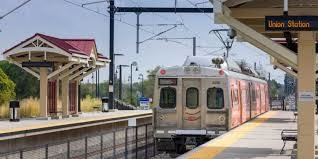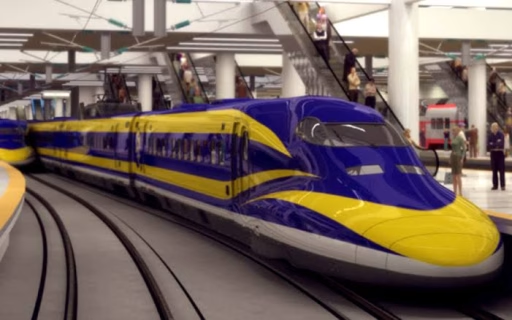The rail projects sector in the USA is currently marked by sizeable federal investment and large-scale upgrading activity. For instance, the Amtrak recently committed to increasing its capital program by 50 % in 2025 to modernise tunnels, bridges and fleets. Meanwhile, the American Society of Civil Engineers has downgraded the nation’s rail infrastructure score to a B-, signalling that, despite the inflow of funds, backlogs and systemic challenges remain.
1. The California High-Speed Rail
The California High-Speed Rail project is a transformative $100 billion infrastructure initiative designed to connect San Francisco and Los Angeles with the fastest rail system in the Americas. Recently, it achieved a major milestone with over 422 miles environmentally cleared and significant construction progress in the Central Valley. The project aims to reduce travel time between major cities to under three hours, cut greenhouse gas emissions, and stimulate economic growth through job creation and sustainable transportation infrastructure development.
Cost (estimated for Phase 1): US$ 89 billion to 128 billion
Length (Phase 1): ~494 miles (~796 km) between San Francisco and Anaheim
Full eventual system length: ~800 miles (including Phase 2)
Type: High-speed heavy rail (dedicated passenger system) — trains planned up to ~220 mph
Official start of major construction: 2015 in the Central Valley
Initial operating segment (IOS) start of service projected: 2031–2033 for the Merced–Bakersfield section
Environmental clearance: ~463 miles of the 494-mile Phase 1 route cleared
Number of planned stations: Up to 24 stations in the full build-out
Purpose: Connect San Francisco to Los Angeles/Anaheim in under 3 hours; later extend north to Sacramento and south to San Diego
Major challenge: Large funding gap and cost over-runs threaten schedule and full coverage
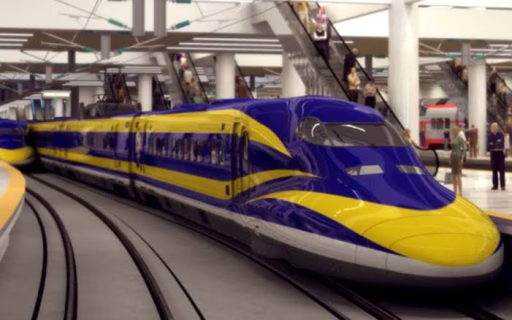
2. The Brightline Miami-Tampa high-speed rail extension
The Brightline Miami-Tampa high-speed rail extension is a planned project to connect Miami and Tampa via a roughly 320-mile route along the I-4 corridor. The project seeks US$400 million in tax-exempt bonds to fund design, development and construction of new stations. Once completed, the trip between Orlando and Tampa is expected to take about one hour, dramatically cutting current travel time by car.
Project Name: Brightline Miami–Tampa High-Speed Rail Extension
Operator: Brightline (private intercity passenger rail)
Route / Length: Approximately 320 miles (≈ 515 km) from Miami to Tampa via the Interstate 4 corridor.
Estimated Cost (initial phase: Seeking US$ 400 million in tax-exempt bonds for design, development and construction.
Project Type: High-speed intercity passenger rail (dedicated alignment proposed for much of the route)
Expected Travel Time: From Orlando to Tampa estimated at **about 1 hour** (driving currently ~2 hours)
Current Status: In planning and financing phase; public hearing held for bond issuance July 17, 2025.
Significance / Objectives: Extend Brightline’s network to include Tampa, bringing ~75% of Florida’s population within proximity to a Brightline station; relieve congestion on I-4 corridor.
Challenges & Considerations: Financing, alignment through dense corridor, speed targets, integration with existing service.
Key Corridor Feature: Follows Interstate 4 corridor between Orlando/Tampa – leveraging highway median and existing right-of-way where possible.
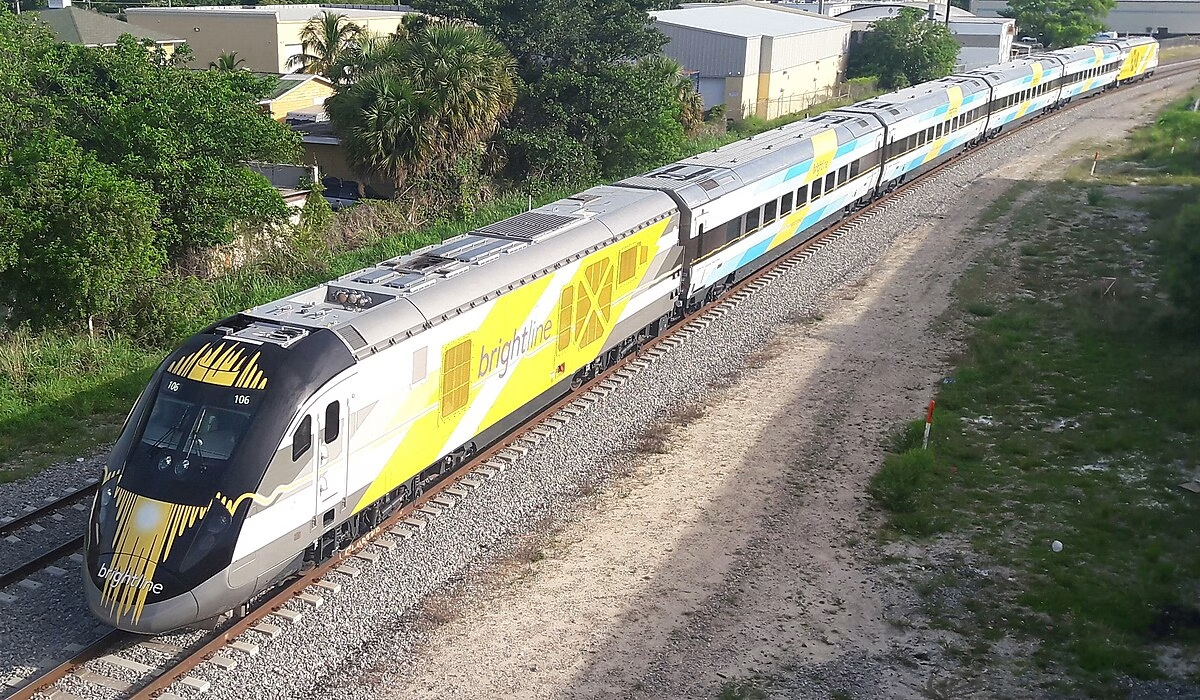
3. Brightline West Project from Southern California to Las Vegas
The Brightline West project is a game-changing 218-mile high-speed, all-electric rail line connecting Southern California and Las Vegas. The estimated cost is about US$ 12 billion. Trains will reach speeds up to 200 mph, cutting travel time to roughly 2 hours 10 minutes. Groundbreaking occurred in April 2024, with service expected by 2028-29. The line uses the median of Interstate 15 and aims to carry ~9–11 million passengers yearly.
Costs (initial estimate): approx. US $12 billion
Route length: ~ 218 miles (≈ 351 km) between Rancho Cucamonga, CA and Las Vegas, NV.
Type: Dedicated electric high-speed passenger rail (zero-emissions).
Top speed planned: Up to 200 mph (~322 km/h)
Start of construction (ground-breaking): April 2024
Target start of passenger service: By summer 2028
Planned stations: Las Vegas (114-acre site), Victor Valley, Hesperia, Rancho Cucamonga
Alignment: Mostly in the median of Interstate 15 (I-15) corridor
Environmental / job impact: >35,000 construction jobs; ~400,000 tons of CO₂ emissions saved annually
Key funding: US $3 billion federal grant awarded December 2023
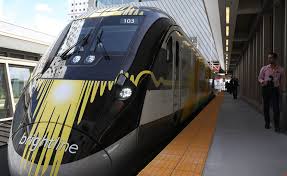
4. Second Avenue Subway Phase 2 extension- New York
The Phase 2 extension of the Second Avenue Subway is a US $1.97 billion design-build contract led by COWI A/S, extending the Q-line from 96th Street to 125th Street in East Harlem. It will include three new stations and 1.5 miles of twin tunnels, reuse a 1970s tunnel, begin construction early 2026 with tunnel-boring in 2027, and target completion by 2030, improving service for over 100,000 daily riders.
Project: Phase 2 extension of the Second Avenue Subway (Q Line) into East Harlem
Contract value: US $1.97 billion for the design-build contract awarded August/September 2025
Budget for full Phase 2: Approximately US $6.968 billion
Scope: ~1.5 miles of twin-bore tunnels, three new stations at 106th St, 116th St and 125th St; connection to Lexington Avenue Line and Metro‑North Railroad at 125th
Delivery model: Major contract is design-build; utility/relocation and system fit-out contracts follow
Lead designer/engineer: COWI A/S selected as lead designer for the package
Major works: Rehabilitation of tunnel built in the 1970s (between 110th-120th St) reused to reduce cost; cut-and-cover method south of 120th
Start of major construction: Utility-relocation contract awarded December 2023; tunneling is expected to begin in 2027
Expected completion (revenue service): Targeted for Q3 2032
Objective: Expand subway capacity in East Harlem, reduce congestion, improve accessibility and link to regional rail
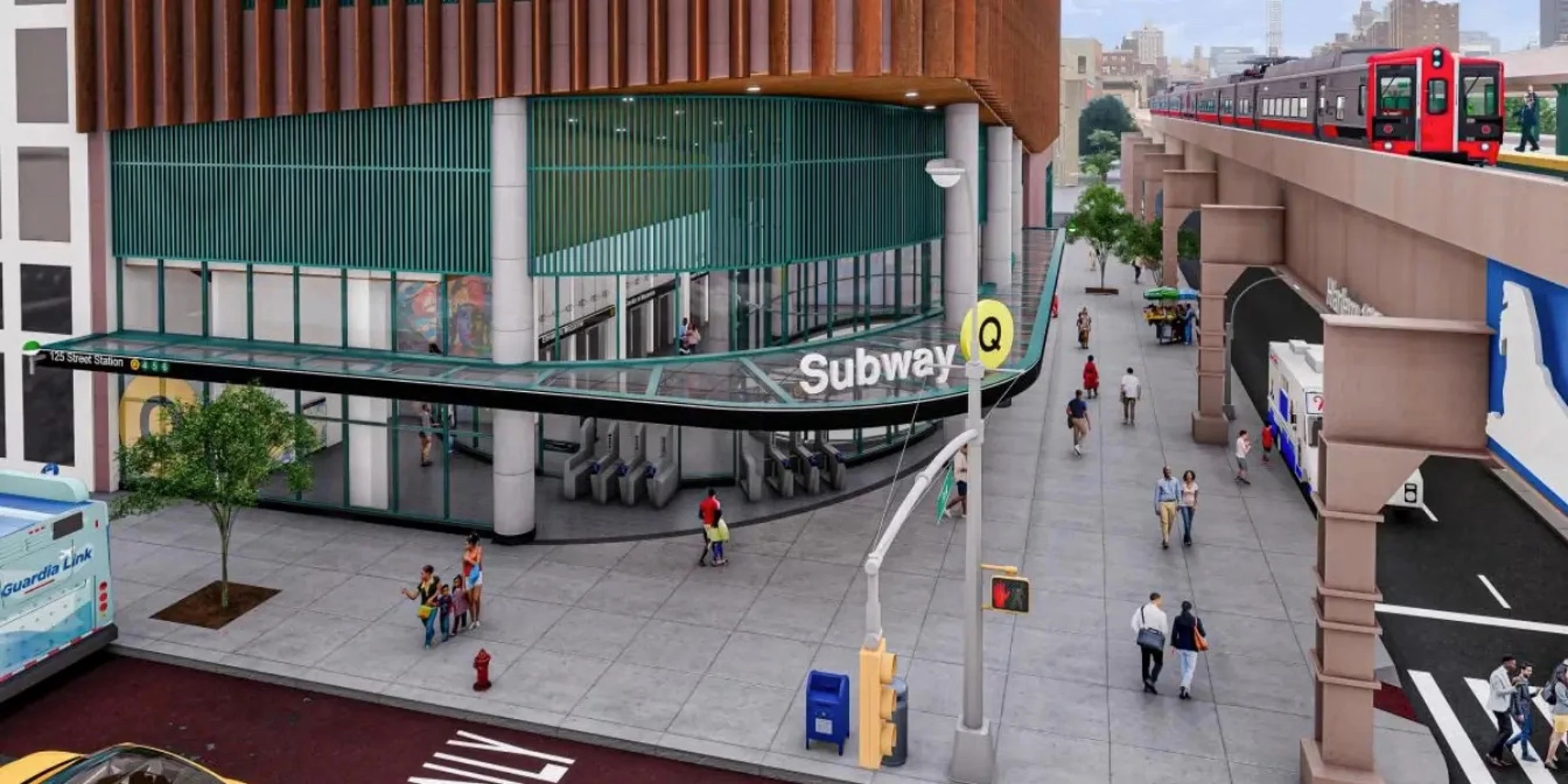
5. The AirTrain Newark Replacement at Newark Liberty International Airport
The AirTrain Newark replacement project at Newark Liberty International Airport (EWR) is a transformative US $3.5 billion initiative to build a new 2.5-mile elevated automated people mover system, replacing the current one from 1996. Construction officially began in October 2025, with passenger service scheduled for 2030. The system will include three new stations, serve as the backbone of the airport’s longstanding redevelopment plan, and boost capacity to 50,000 passengers per day (from ~33,000) while improving terminal access and rail-link integration. Major contractors include Doppelmayr (system vehicles/technology), Stantec (design of maintenance facility & connectors) and a joint venture of Tutor Perini/O&G Industries (guideway and stations).
Cost: US $3.5 billion
Length / route: Approximately **2.5 miles** (elevated guideway) connecting terminals, parking/rental-car, and rail links
Type: Automated people-mover/airport automated transit system (fully modernised, high-capacity) connecting airport infrastructure
Start of construction: Groundbreaking in October 2025
Expected start of service: Target year 2030
Daily capacity (design): Up to 50,000 passengers per day (up from about 33,000 currently)
Number of stations: Three new stations planned (serving Terminal A, future Terminal B, and the Rail Link station)
Purpose / objectives: Replace an outdated system (original opened 1996) that is over capacity; support airport redevelopment, improve connectivity, reliability and passenger experience
Key alignment features: Elevated track through the airport campus, integration with terminals, parking, rental car facility, and regional rail link (NJ Transit/Amtrak)
Project delivery/major partners: Lead construction/design firms include Doppelmayr (automated system), Stantec (maintenance facility & decommissioning), and JV Tutor Perini/O&G for elevated guideway & stations
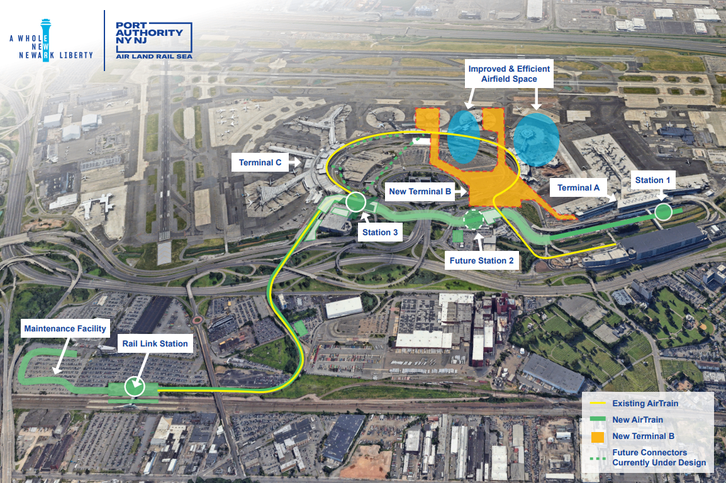
6. The FasTracks multi-modal transit expansion programme by Regional Transportation District (RTD) in Denver
The FasTracks multi-modal transit expansion programme by Regional Transportation District (RTD) in Denver was approved in 2004 with an initial budget of US $4.7 billion. While about 75 % has been completed, covering 25 miles of light rail, 53 miles of commuter rail and a bus rapid transit line, four corridors (Northwest, North Metro, Southwest and Central) remain unfinished. RTD now estimates an additional US $1.6 billion is required to finish all four by 2034, far exceeding available reserves projected at only around US $145 million by 2030 plus a possible US $296 million in state funds through 2034.
Approved: 2004 by Denver-metro voters
Original budget: US $4.7 billion
Amount spent to date: More than US $5.5 billion
Program completion so far: ~75% complete
Unfinished corridors: Four — Northwest, North Metro, Southwest, Central
Estimated cost to finish all four remaining corridors: US $1.6 billion
Estimated cost for a scaled-back completion (just two corridors): ~US $1.0 billion
Available reserves by 2030: US $145 million
Additional state funding potential by 2034: US $296 million
Deadline for full program completion: 2034 (as required by state law).
